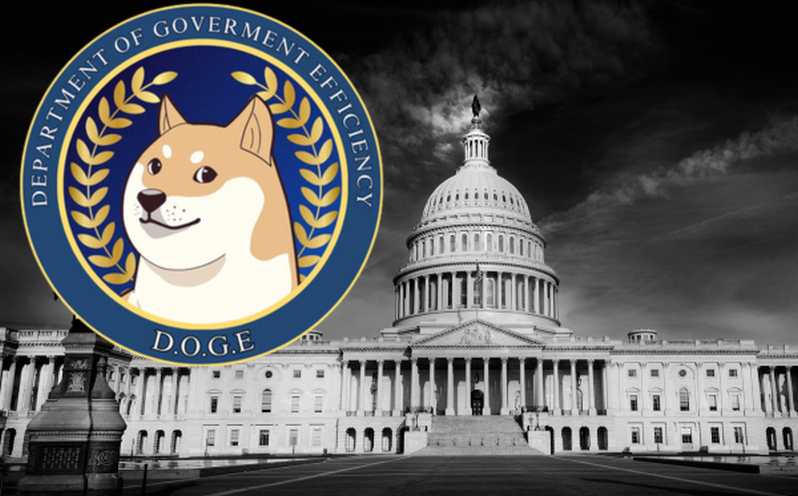
It’s About Time: DOGE Teams up with Postal Service
Ross Marchand
March 24, 2025
It’s official: the Department of Government Efficiency (DOGE) is teaming up with the U.S. Postal Service (USPS). Last week, Postmaster General Louis DeJoy told Congress that he reached an agreement with DOGE to root out inefficiencies and help the agency address “big problems.” As an initial cost-cutting gesture, America’s mail carrier is reducing its workforce by 10,000 workers via a voluntary early retirement program.
DOGE certainly has its work cut out for it. The USPS lost an astounding $9.5 billion in fiscal year (FY) 2024 and will likely lose an additional $60-70 billion by 2030. The good news is that there’s plenty that the beleaguered agency could and should cut. With the right spending and management reforms, the USPS can once again deliver for taxpayers and consumers.
One easy place for the USPS to start cutting costs is electric vehicle (EV) truck purchases. The USPS is eager to replace most of its aging fleet of more than 200,000 mail trucks, which have a disturbing tendency to catch on fire. In the latest iteration of a 2021 deal inked with supplier Oshkosh Corp., the agency will spend nearly $10 billion on a fleet of roughly 100,000 custom-built and commercial vehicles, including 66,000 EVs.
This agreement is a complete fiscal dumpster fire. EV deliveries are way behind schedule, and according to PMG DeJoy, taxpayers and consumers are paying anywhere from $10,000 to $20,000 more per EV than their gas-powered counterparts. However, this is probably a significant underestimate. In 2022, Congress appropriated $3 billion in taxpayer money to the USPS for the sole purpose of purchasing EVs, including $1.29 billion for the vehicles themselves and $1.71 billion for supporting infrastructure including charging stations. After considering this significant one-time sum of money and the USPS’ own “investment” dollars, total annual savings for switching to an all-gas fleet would likely approach $1 billion over the next ten years. Fortunately, supplier Oshkosh Corp. appears to be open to contract changes.
If Oshkosh doesn’t play ball, lawmakers will likely get involved. Sen. Joni Ernst (R-Iowa) and Rep. Michael Cloud (R-Texas) are introducing the “Return to Sender Act” to recoup taxpayer money wasted on these EV purchases.
Another easy way to save a boatload of taxpayer dollars is by ending Saturday deliveries. The USPS currently delivers mail Monday through Saturday, along with Sundays for some packages. However, some have argued for switching to a five-day delivery system to decrease costs and improve worker morale. Agency leadership suggested this idea (with some wiggle room for weekend package deliveries) in its “Five-Year Business Plan” in 2013 and concluded that it would save $1.9 billion per year. That’s $2.6 billion after adjusting for inflation, which is about a third of the average USPS annual loss over the past couple of years.
In addition, there’s plenty of miscellaneous waste that the USPS can save money on. Bizarrely, the agency styles itself as a television producer and premiered a show called “Dear Santa, The Series” in 2022. This is not even the agency’s first TV show. Over five years, the USPS produced a show called “The Inspectors,” which continued despite mediocre ratings. It’s unclear how much money is being spent on the current show or the previous show, but the Taxpayers Protection Alliance Foundation (TPAF) will submit Freedom of Information Requests (FOIAs) to find out more information. TPAF will also submit FOIAs to assess the USPS’ strange money order and check cashing “businesses” which reportedly lose money and have middling consumer bases. And, TPAF plans on examining how much the USPS spends on public relations, including its thin-skinned responses to op-eds and official podcast.
Even these small items (along with a few large ones) add up. In total, the USPS can save more than $7 billion per year with a few simple spending changes. It’s time for DOGE to get to cutting.
This was originally published as an op-ed in The Blaze.
